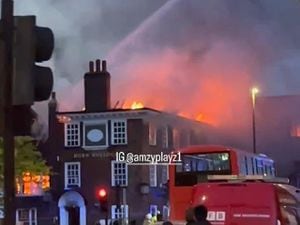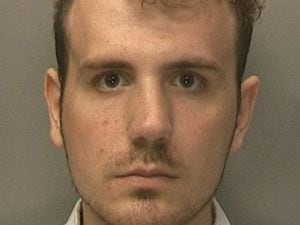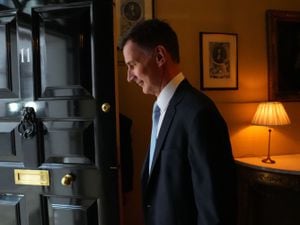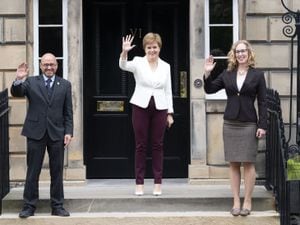Royal family lead nation in tribute to war dead
The Prince of Wales was the first to place a wreath of poppies at the foot of the memorial on behalf of the Queen,
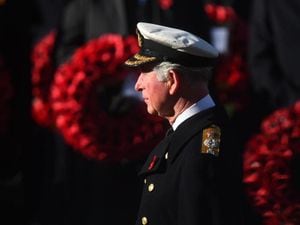
The royal family have led solemn tributes to the nation’s war dead at the Remembrance Sunday service at the Cenotaph in central London.
A uniformed Prince of Wales was the first to place a wreath of poppies at the foot of the memorial on behalf of the Queen, who appeared to wipe away a tear as she watched the ceremony from a nearby balcony.
Leaders from the main political parties took a break from the election campaign trail to join a crowd of thousands for the occasion on Whitehall in the heart of the capital.
The Duke of Cambridge, Duke of Sussex, Duke of York, the Earl of Wessex, the Princess Royal and the Duke of Kent all also laid wreaths at the base of the memorial.
The Queen, dressed in black, looked on from a balcony of the Foreign and Commonwealth Office, flanked by the Duchess of Cambridge and Duchess of Cornwall.
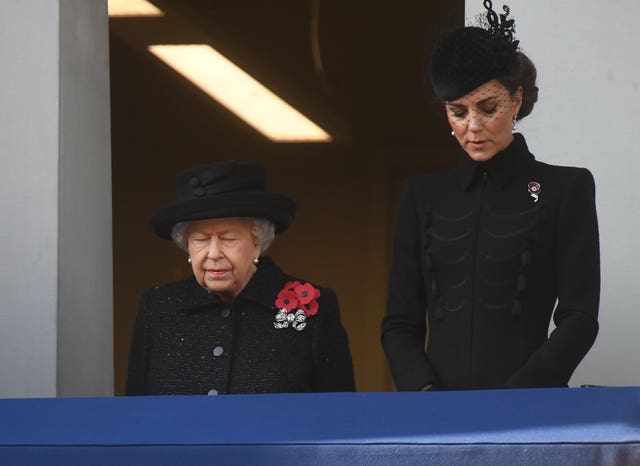
Meanwhile, the Duchess of Sussex viewed the event from a separate balcony with the Countess of Wessex and Vice Admiral Sir Tim Laurence.
Kate, William, Harry and Meghan made a rare public outing together after Harry and his wife admitted in a documentary they were struggling with public life and that the brothers were on “different paths”.
The four were reunited in public for the first time since the comments at the Festival of Remembrance on Saturday night.
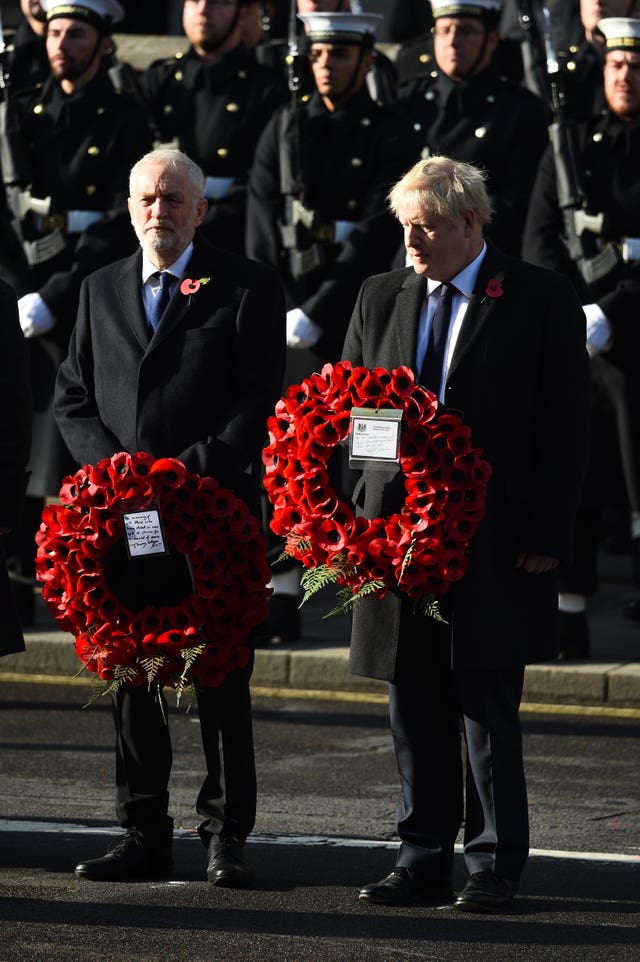
Prime Minister Boris Johnson and Labour leader Jeremy Corbyn stood side by side during the commemorative proceedings on Sunday.
The pair were joined in laying wreaths by Liberal Democrat leader Jo Swinson, SNP Westminster leader Ian Blackford, the DUP’s Westminster leader Nigel Dodds and newly elected Speaker of the House of Commons Sir Lindsay Hoyle.
Five former prime ministers – Sir John Major, Tony Blair, Gordon Brown, David Cameron and Theresa May – as well as Mayor of London Sadiq Khan, were also present to pay their respects.
An equerry laid a wreath on behalf of the Duke of Edinburgh who was not present at the ceremony for the second year in a row after having retired from royal duties in 2017.
More than 800 armed forces personnel congregated on Whitehall to form a hollow square around the Cenotaph.
As Big Ben struck 11am, the traditional two-minute silence was observed by dignitaries and the crowd of thousands of poppy-wearers lined up along Whitehall.

The start and end of the short period of reflection for those killed in conflicts past and present was marked by the firing of a gun by the King’s Troop Royal Horse Artillery, positioned on Horse Guards Parade.
This year marks 100 years since the first two-minute silence was observed on Armistice Day on November 11 1919.
Buglers of the Royal Marines sounded the Last Post before wreaths were laid by the royal family, politicians and a host of representatives from Commonwealth nations.
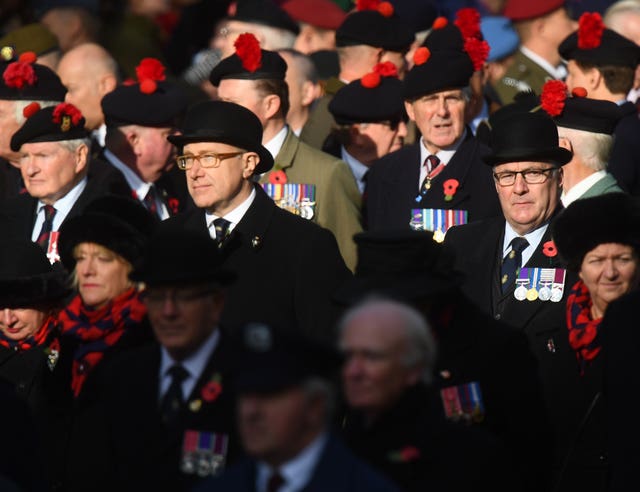
For the first time, the Ambassador of Nepal placed a wreath in honour of the contribution Gurkha regiments have made to Britain’s military campaigns for the past 200 years.
Foreign Secretary Dominic Raab and Home Secretary Priti Patel laid wreaths on behalf of the intelligence services.
It is also the first time the services have been honoured in this way, coinciding with the 100th anniversary of the Government Communications Headquarters (GCHQ) and the 110th anniversaries of the Security Service (MI5) and Secret Intelligence Service (MI6).
A host of military and foreign representatives also laid wreaths by the Cenotaph, while other Cabinet ministers and religious leaders were in attendance.
After the wreaths were laid, the Bishop of London, Dame Sarah Mullally, led a short service of remembrance which ended with trumpeters of the Royal Air Force sounding Rouse (Reveille) and the singing of the national anthem.
Following the ceremony, up to 10,000 veterans and servicemen and women were due to march past the Cenotaph to honour the fallen.
In a decade-long tradition, London black cabs were on hand on Sunday to provide free transport to participating veterans from the capital’s main train stations to Whitehall as a mark of thanks for their service.

